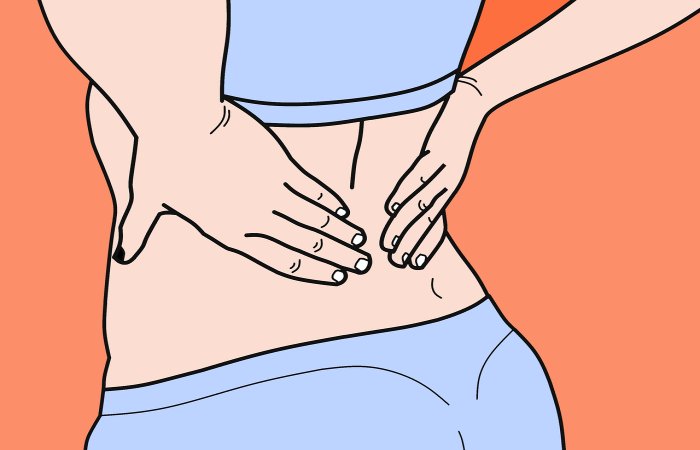Eddie Gonzales Jr. – MessageToEagle.com – Chronic musculoskeletal pain can be impacted by various factors, including socioeconomic status, fear of movement, smoking habits, and the quality of an individual’s support networks.
Image credit: madartzgraphics – pixabay
Recent findings illuminate the multifaceted nature of chronic pain development and underscore the importance of considering a comprehensive range of contributing elements.
Those with a combination of characteristics including smoking, high level of pain at the time of injury, fear of movement, poorer support networks, and a lower level of education or household income, may be seven times more likely to develop chronic pain after injury.
‘Acute’ pain lasts a brief duration, specifically, less than three months. Chronic pain persists for a period exceeding three months after the initial injury.
Individuals suffering from chronic pain frequently experience a diminished quality of life and are also more susceptible to developing various diseases, including cancer, cardiovascular conditions, and diabetes.
“The purpose of acute pain is to alter behaviour to protect the body from harm, but chronic pain persists because of a sensitised nervous system that continues our experience of pain, even after the healing process has completed,” Lead author Michael Dunn, of the University of Birmingham and St George’s University Hospitals NHS Foundation Trust, said in a press release.
This process, the researchers found, is influenced by a range of psychological and social factors and so treatment which focuses solely on the injured body part is often ineffective.
“The characteristics that we have identified are related particularly to an individual’s experiences, rather than a type of injury. For that reason, approaches to treating people with musculoskeletal injuries should be more person-centred, focusing on broader biological, psychosocial and social well-being. Put simply, current healthcare approaches do not address all the reasons people do not get better,” Mr Dunn continued.
The study revealed additional factors associated with the development of chronic pain. These include lower job satisfaction levels, increased stress, and symptoms of depression.
Mr Dunn also added that “people from lower socioeconomic backgrounds are twice as likely to develop chronic pain after injury.”
“This indicates that not only are current healthcare approaches inadequate, they may also be discriminatory, with current healthcare approaches that are orientated around the injured body part being geared towards those from higher socioeconomic backgrounds who are less likely to experience these psychological or social factors.”
The results are published in PLOS One.
Written by Eddie Gonzales Jr. – MessageToEagle.com Staff Writer







